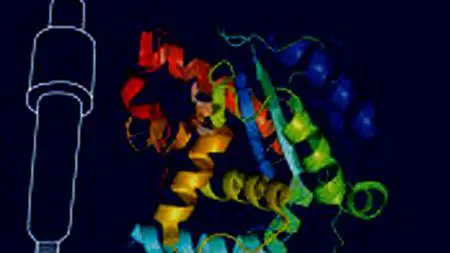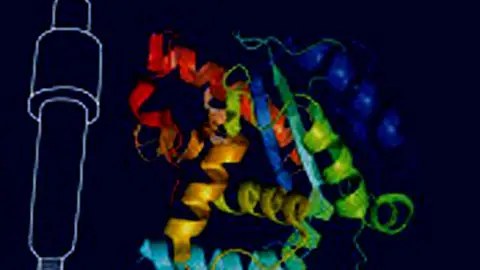Production And Purification Of Recombinant Proteins
Published 9/2022
MP4 | Video: h264, 1280x720 | Audio: AAC, 44.1 KHz
Language: English | Size: 224.08 MB | Duration: 0h 30m
Published 9/2022
MP4 | Video: h264, 1280x720 | Audio: AAC, 44.1 KHz
Language: English | Size: 224.08 MB | Duration: 0h 30m
Recombinant proteins production
What you'll learn
Know how recombinant proteins produce using fermenter
Types of chromatography
Suitable cell factory for recombinant proteins
Methodology of protein purification
Requirements
Cloning, Fermetations, FPLC, HPLC
Description
One of the preferred species for the creation of recombinant proteins is Escherichia coli. It is now the most widely used expression platform and has a long history of use as a cell factory. Because of this, a wide range of expression plasmids, a large number of modified strains, and a variety of cultivation techniques are available for the high-level production of heterologous proteins. Recombinant proteins are produced in E. coli as insoluble aggregates called inclusion bodies (IBs). Inclusion body proteins, which are located in the low-speed pellet fraction, can be partially purified by extracting with a mixture of detergentProtein refolding is a key step for large scale production of recombinant proteins. Solubilized/unfolded protein needs to be refolded into the correct conformation to obtain a biologically active form.This course describes the methodology of high production of recombinant proteins and the techniques of purification using column chromatography. The course explains types of fermentation, bacterial fermentation. how can we extract expressed proteins as insoluble aggregates from total bacterial content. Strategy of protein refoldings. Schematic diagram of chromatography classifications. FPLC and HPLC techniques. Separation power for increasing the purity of sample. Types of chromatographic methods according to protein structure. How to analyze separated proteins using SDS-PAGE system.
Overview
Section 1: Lecture
Lecture 1 Introduction
Lecture 2 Fermentation
Lecture 3 Inclusion Bodies from E. coli
Lecture 4 Purification
Lecture 5 Quality analysis
Biotechnology, Molecular Biology, Proteomics



